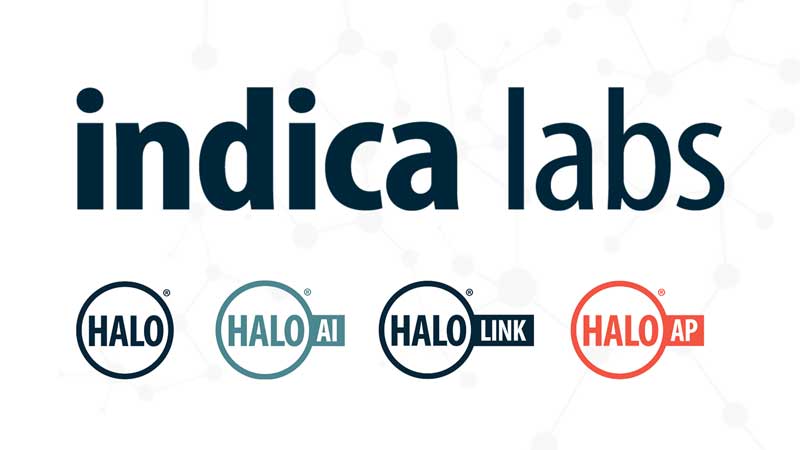Webinar | Digital Pathology in the New Normal: Leveraging HALO® to Investigate a Global Pandemic
21 January 2021 | 8:00 AM – 9:00 AM PST | 11:00 AM – 12:00 PM EST | 4:00 PM – 5:00 PM GMT |
As the world was shutting down in the face of the COVID-19 pandemic, Digital Pathology was thrust to the forefront as a vital option for not only completing existing projects, but more importantly in understanding the disease of COVID-19. Characterizing the mechanisms by which the novel coronavirus attacks the human body, and also understanding the immune system’s response to the disease are critical to guiding treatment and influencing outcomes. Researchers around the world utilized the HALO suite of products to share rare digital pathology slides, collect quantitative pathological data from translational models, characterize gene expression in immune response, and integrate transcriptional data with tissue-based immunoprofiling. This workshop will present some insight on how HALO has been used by researchers at 3 different global institutions to study and characterize COVID-19.









